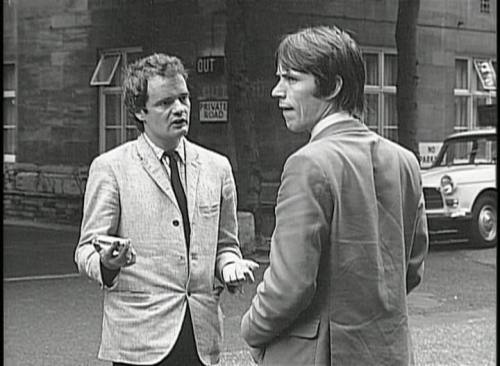The Weather Station
 It was the liquid sound of a song called “Way It Is, Way It Could Be” that snagged my attention. The track was featured on one of those monthly-magazine sampler CDs (Uncut, in this case) that force you to take great care not to rip the cover as you remove it, and then leave you with a blob of sticky stuff to dispose of.
It was the liquid sound of a song called “Way It Is, Way It Could Be” that snagged my attention. The track was featured on one of those monthly-magazine sampler CDs (Uncut, in this case) that force you to take great care not to rip the cover as you remove it, and then leave you with a blob of sticky stuff to dispose of.
This time the stuff that really stuck was the track in question, by something calling itself the Weather Station. This turned out to be a 30-year-old Canadian woman called Tamara Lindeman, a singer and songwriter (and actress) based in Toronto: a new name to me. It seems that the Weather Station was a band once but is now just her, helped by friends such as Afie Jurvanen and Robbie Lackritz, who joined her to co-produce the new album, Loyalty, from which “Way It Is…” is taken.
The sound is nothing unusual, in a sense: light, folk-based, with fluid finger-picked guitars, gently supportive bass and pattering drum. It would be hard to carbon-date with any accuracy. As would Lindeman’s grave, thoughtful voice, which comes from the school of somewhere between Judy Collins and Sandy Denny.
But it had some strange quality about it that didn’t evaporate when the music stopped. I played it again a few more times, and then bought the album. I’m very glad I did. There’s more of the same, but from different trajectories, almost every song exuding a strong and individual musical personality, each one wrapped in a carefully shaped arrangement. A couple of tracks use small groups of woodwind and strings, very discreetly: just a wash of colour.
Those groups are actually just one player each (Jeremy Strachan and Anthony Wallace respectively), overdubbed. Lindeman plays guitars, keyboards, banjo and — for the final note of the album, in a lovely touch — vibraphone. Jurvanen adds drums, bass and more keyboards. And that’s all. The music never sounds cluttered, or even full. Economy of means is a significant factor here.
Then I started catching some of the words and decided that I wanted to know what she was singing about. Her voice, although pure and uninflected, sometimes obscures the lyrics. That may be intentional: like someone who talks softly to get you to lean in. What I could hear sounded interesting. When I started reading the words, my interest in the album redoubled — just like that.
She prints them on the sleeve as if they were prose, and they read like short stories. “You looked small in your coat, one hand up on the window, so long now you’d been lost in thought. No snow on the road — we’d been lucky and it looked like we would be well past Orleans”: that’s how “Way It is…” starts out. Here’s the opening of “Floodplain”: “All spring I was driving. Every river was flooded with rain, every stream a torrent. Over the highway bridges that run high across the plains, flooded. ‘Half the Maritimes,’ they say, ‘is running this way.'”
A little bit of Cormac McCarthy scene-setting, and then you come across something reminiscent of the plain-spoken intimacy of Raymond Carver’s poetry. From “I Mined”: “It started small — a simple thought. That there was something wrong. And if it’s caught I could set it right, or at least I could try.” From “At Full Height”, the song that ends with the single vibraphone chime: “If he don’t mean it, he won’t say it, and I can tell. If I don’t mean it, I can’t say it, and his face fell. But it’s so seldom I believe it — it takes a clear kind of day. Like air so cold it hurts to breathe it. (And the colour comes to my face.)”
That’s how she punctuates them. Punctuation in a song! Doesn’t happen often, even implicitly (I think of the first verses of “Thunder Road” and “The Boys of Summer”). And it works perfectly. These turn out to be short stories in prose-poem form, arranged with great scrupulousness and performed with imaginative sensitivity. At the moment I’m finding it hard to listen to anything else.




